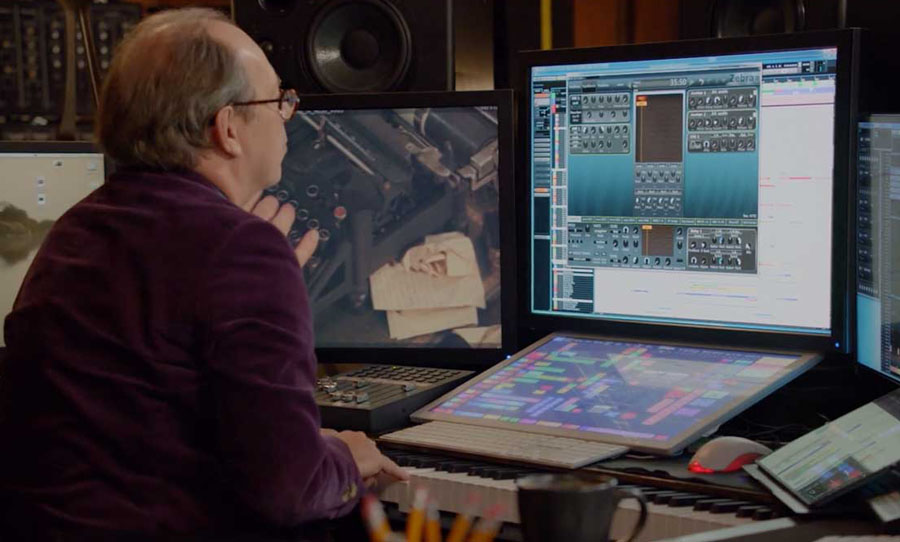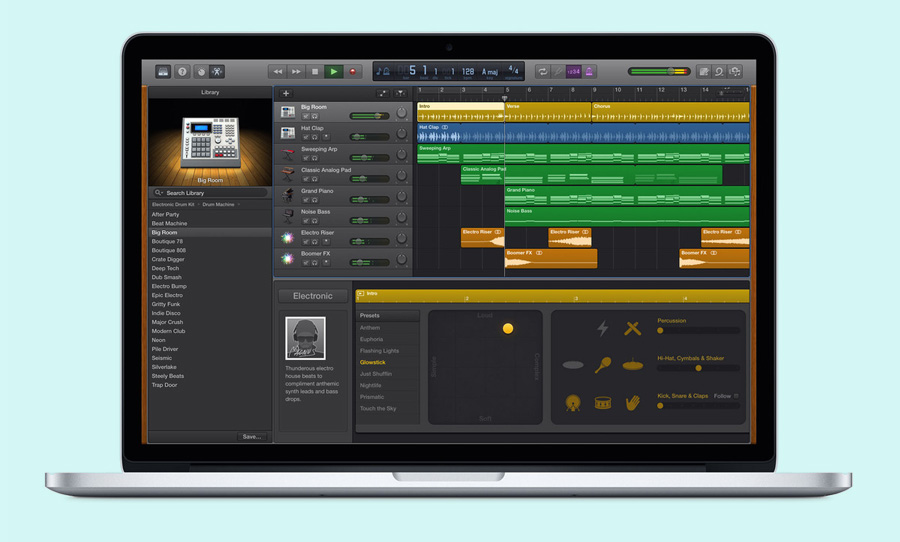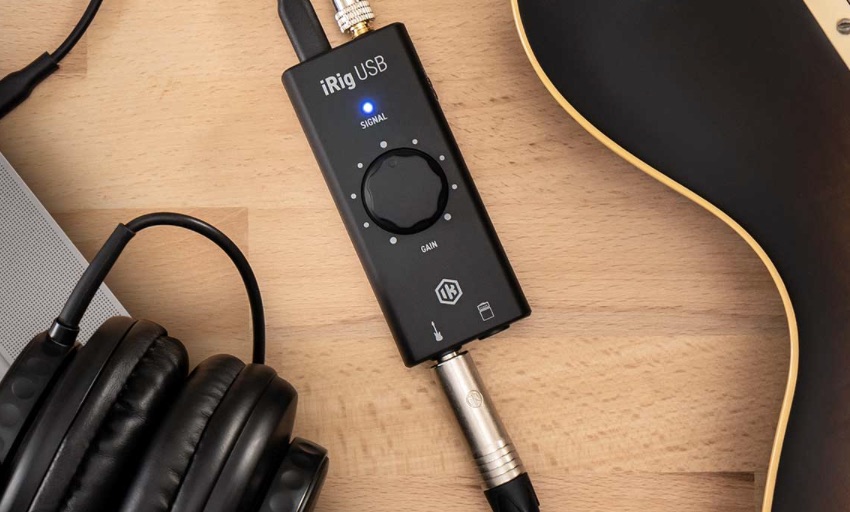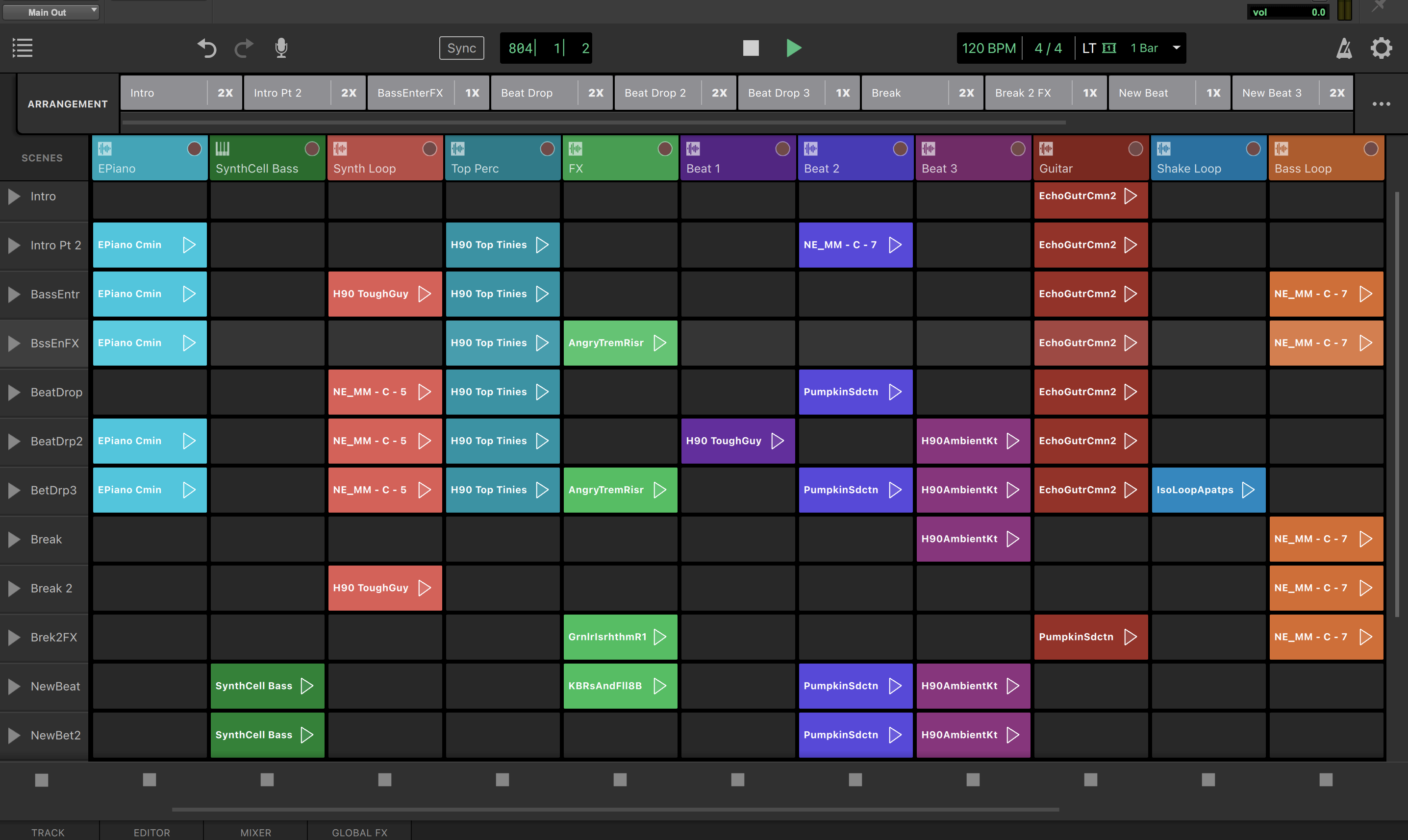Cubase first hit the shelves in 1989 – a period that wasn’t replete with options for computer-based recording. In fact, of the major DAWs still alive today, think Pro Tools, Logic Pro, Ableton Live and a few others – its the one with the longest lifespan under the same brand name (Sounds Tools only became Pro Tools in the ’90s).
In this era, computing power was relatively humble. The first incarnation of Cubase was MIDI only. Limited as it was, it garnered attention for being an industry-standard platform for recording, arranging and editing MIDI – proudly establishing its presence as a go-to for completely in the box music production.
From these modest beginnings, however, Cubase steadily accumulated capabilities beyond MIDI editing. Now up to version 10.5, Cubase continues to compete in an ever-crowded DAW ecosystem, offering everything you could need in advanced audio editing, mixing and more, without sacrificing its appeal as an end-to-end music production machine.
Cubase was there at the beginning of the DAW revolution. Throughout its steady evolution over the decades, it still holds a seat at the table alongside the very best.
A chance meeting
Like a disproportionately large percentage of contemporary music software companies, the makers of Cubase – Steinberg – have roots in Germany. The company started as a partnership between keyboardist Manfred Rürup and audio engineer Karl Steinberg. A year after they met at a recording session in 1983, the pair founded Steinberg as a vehicle for their first software, Pro 16. It was a MIDI sequencer for Commodore 64. Later would come Pro 24 for the Atari ST.
With this innovation, a whole world of untapped orchestration possibilities was opened up. The full flexibility offered by the MIDI protocol was suddenly at the fingertips of the musician. Even though this was early days for the duo, they must’ve known they were on to a winner. Buoyed by early success, and after a couple of years of subsequent research and development, Cubase emerged in 1989 (it was supposed to be called ‘Cubit’, but after legal threats from another company with the same, they went with Cubase).
The MIDI only program was only coded for the Atari ST at this early stage. Significantly, Steinberg released a Mac version before long. As the Mac platform grew and Atari dwindled, Cubase ensured its long-term success. In the next version of Cubase, audio recording capability was introduced and in 1992, a Windows version was released.
Breakthroughs
Fast forward to 1996 and Cubase included support for virtual studio technology effects (more commonly known as VSTs). Much like Propellerhead’s ReWire protocol, the DAW world would feel the impact of this development for decades. Plug-ins, as they began to become known as, could use the native power included on your system to run effects. It was revolutionary, as up to this point, you needed expensive external DSP power for audio processing.
Along with its competitors, a steady procession of innovations followed as computer power was beefed-up. Intuitive performance features were introduced, such as Timewarp – allowing users to record in free time and create custom tempo markers after the fact. Audiowarp – much like Pro Tools’ Elastic Time and Logic’s Flex Time, enabled warping of audio without affecting pitch.
20 years after its establishment, Steinberg became a subsidiary of Yamaha. This additional support meant that Steinberg could expand further into other areas of audio production. Nuendo for example (originally released in 2000) went from strength to strength after the buyout, becoming an industry leader in post-production audio. Aimed at the professional market, it’s tightly integrated with Yamaha’s controllers and well-known in broadcast, game audio, film, virtual reality and more.
Traditional scoring has always been a high priority for Cubase, even more so now with the introduction of Dorico. Largely created by the brains behind AVID’s Sibelius, it provides streamlined engraving and includes the hallmark of Steinberg’s development since day one: robust and intuitive MIDI editing, making it easier to bring scores into a modern music production workflow.
Cubase has attracted its fair share of high-profile fans throughout its life – none more so than the iconic film composer Hans Zimmer. For an in-demand professional like Zimmer, reliability is one of Cubase’s core virtues. He mentions that “I was amazed by how much I was throwing at Cubase and it never winced, never seized up, never faltered.” Considering the number of tracks, both MIDI and audio, that populate Zimmer’s immense scores, this is high praise indeed.
In an interview with Sound On Sound, Carlo ‘Illangelo’ Montagnese reflected on his use of Cubase in his work with The Weeknd:
“I’ve worked in Cubase for 12 years now, and I’m incredibly fast and efficient with it. I do everything: all my writing, producing, recording, tuning, editing and mixing in one session. Cubase is the one thing I couldn’t do without.”
30 years into its continuing story, the creators of Cubase have a lot to be proud of. The advent of MIDI kicked off its journey and from then on, Cubase has been pushing at the boundaries of what is capable in a DAW.


